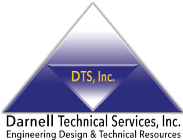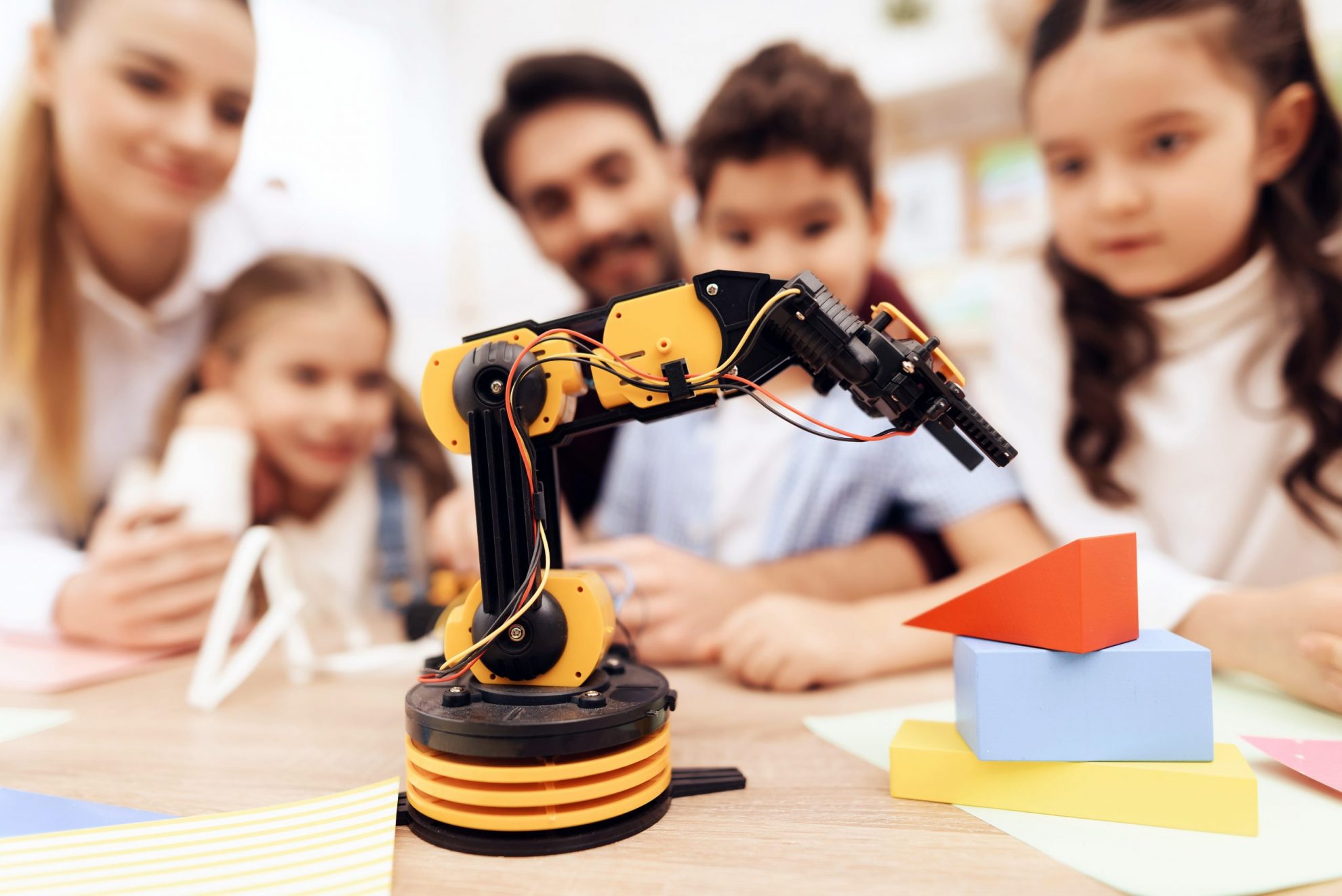In previous posts, we have defined engineering design and the engineering design process. As we have seen, engineering design is an important component of our society. But its benefits extend beyond the creation of useful things. Engineering design is also a thinking tool, and as such it offers several benefits to children.
Introducing kids from an early age to an engineering design frame of mind prepares them to embrace a career in a STEM field. And even if they decide to pursue a career in another area, the thinking skills they can acquire through engineering design will still be useful.
In fact, NASA uses a simplified version of the engineering design process to introduce children to engineering and science. Read on to learn more about the ways children can benefit from learning basic engineering design concepts.
Curiosity
Engineering design encourages curiosity in children. This skill can be defined as the eagerness to use our senses to explore the world. Curiosity is the base of an engineering design frame of mind. As we explore, we identify problems and then keep using our curiosity to find solutions for them.
Persistence
This is a valuable skill that can prove useful in many situations beyond engineering design. Trying different solutions and following up helps children understand that in order to get results they must be persistent. It also helps them find pleasure in making things happen, strengthening their ability to be proactive and take initiatives.
Flexibility
The engineering design process also teaches children to adjust to changing information. As they test different possible solutions to a problem, children have to change their views according to the results they get. This mental flexibility is essential to learn to consider different perspectives and to come up with innovative solutions.
Collaboration
Engineering design is by definition a collaborative process. Engineers may take most of the credit sometimes, but a project is impossible without a good amount of interaction with clients, designers, testers, technicians, and users. Engaging in a collaborative thinking process teaches children to recognize emotional reactions and to show concern about the feelings of others.
Reflection
Reflective thinking is at the very core of engineering design. Recalling an event, analyzing it, and considering different alternatives is the basic process that makes possible not only engineering design but most human intellectual endeavors. Developing this skill provides children with benefits that carry over into almost every aspect of their lives.
Darnell Technical Services is an engineering design firm with the expertise and the drive to always deliver outstanding results.
Our headquarters are located in Santa Ana, California, and we have an office in Las Vegas, Nevada. Contact us today by telephone (714-285-0082 (CA), 702-945-2899 (NV)) or through our social media accounts on Facebook, Twitter, and LinkedIn to learn more about all the technical instruments and materials we put at your disposal.








